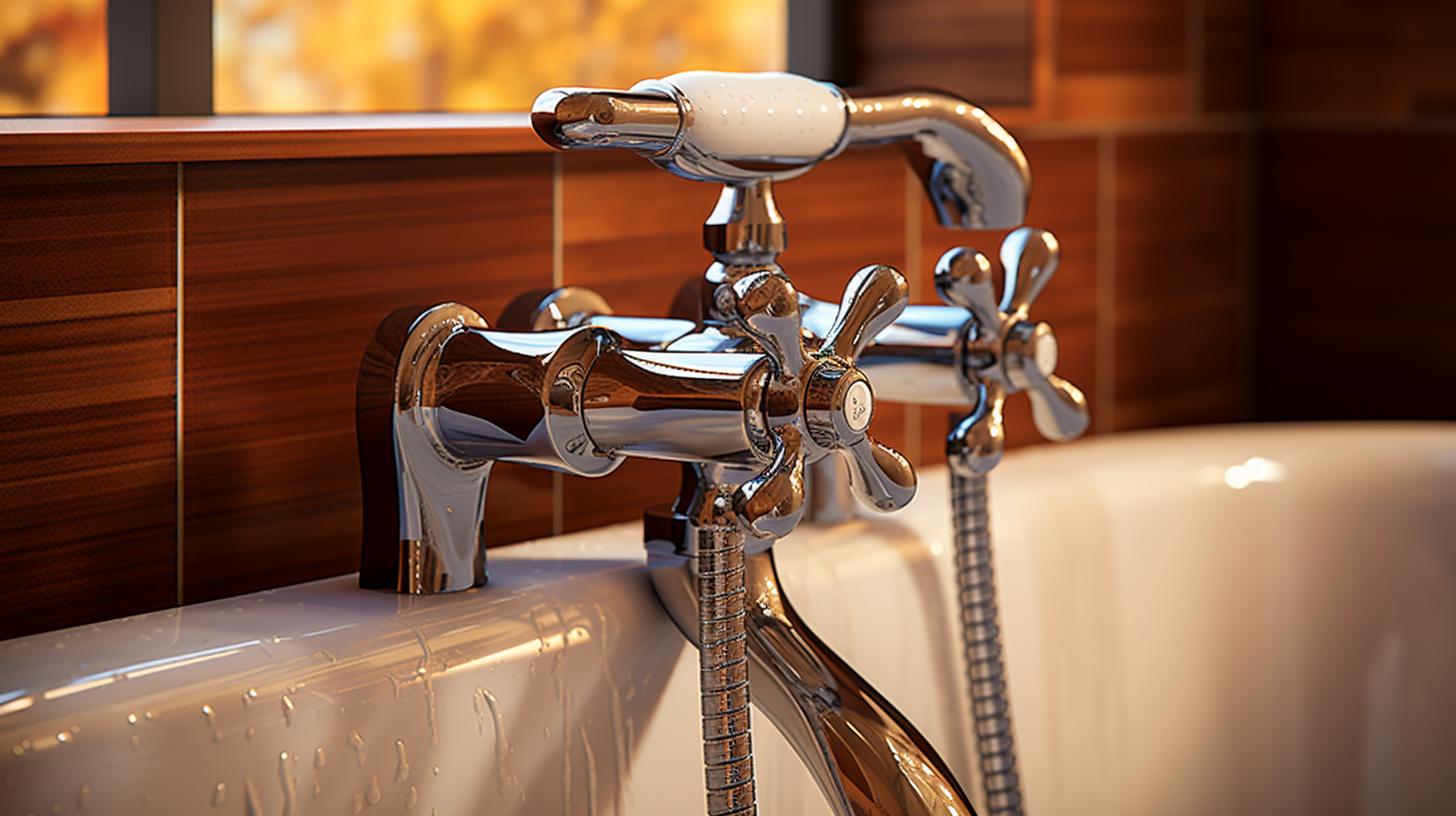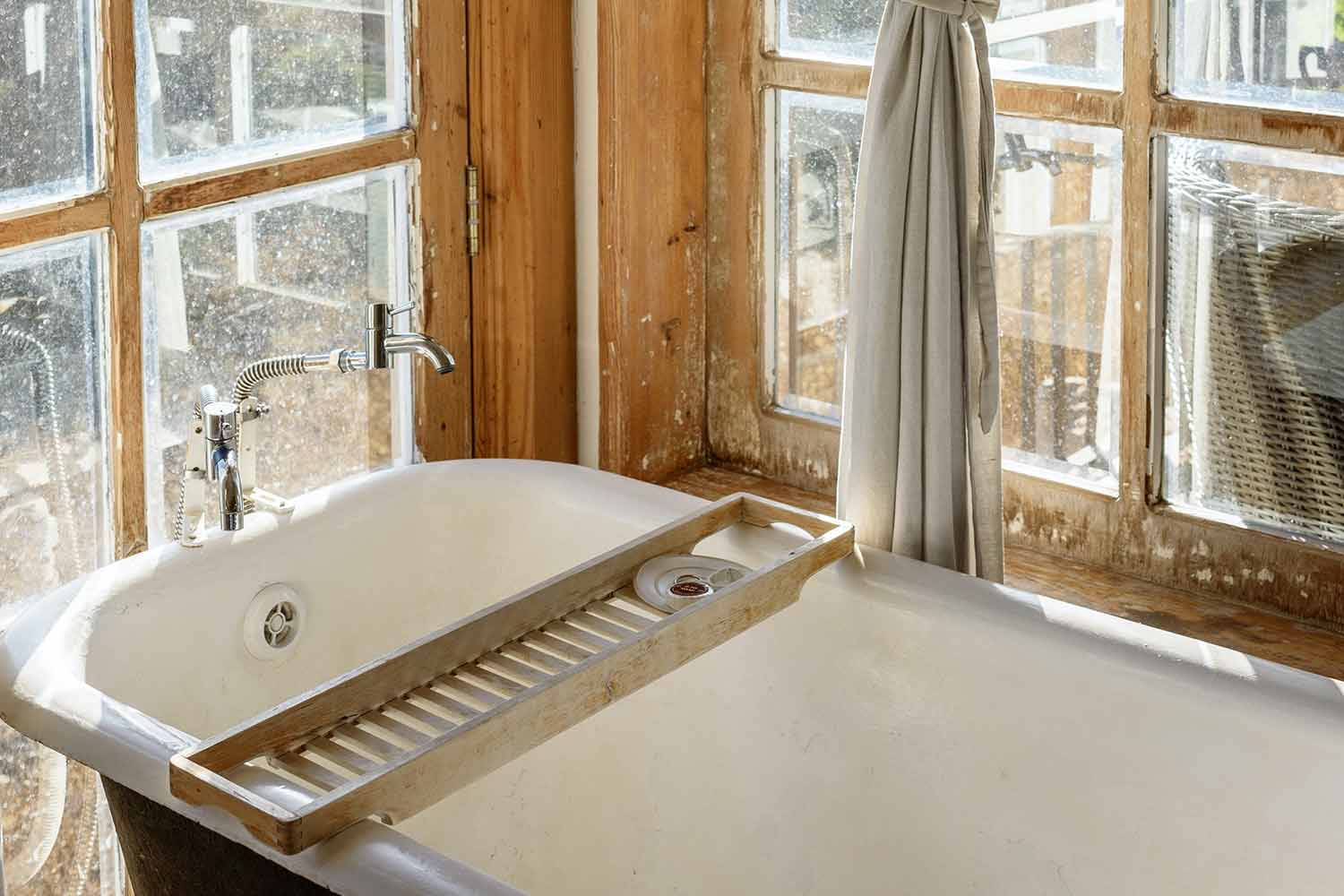Embarking on a bathroom renovation or how to take off bathroom faucet replacement can be a rewarding DIY project. However, the thought of dismantling a bathroom faucet might seem daunting for many homeowners. Fear not! In this comprehensive guide, we will walk you through the step-by-step process of how to taking off bathroom faucet, providing you with the confidence and know-how to successfully navigate this plumbing endeavor.
Tools and Materials:
Before diving into the dismantling process, gather the necessary tools and materials to ensure a smooth and efficient operation:
Adjustable wrench
Plumber’s tape
Plunger
Bucket or towel
Plumber’s putty
Screwdriver
Teflon tape
Basin wrench
Pipe cutter (if necessary)
Replacement faucet (if installing a new one)

Step 1: Turn Off Water Supply:
Commence your project by turning off the water supply to the bathroom. Locate the shut-off valves beneath the sink and turn them clockwise until fully closed. In the absence of individual shut-off valves, the main water supply to the house should be turned off.
Step 2: Disconnect Water Supply Lines:
Use an adjustable wrench to disconnect the water supply lines from the faucet. Place a bucket or towel beneath the connections to catch any residual water. This step ensures a dry working environment and prevents potential water damage.
Step 3: Remove the Drain Stopper:
If your faucet has a pop-up drain stopper, you’ll need to remove it next. Under the sink, locate the pivot rod and nut that connect the stopper to the drain. Loosen the nut with pliers or an adjustable wrench and pull out the pivot rod. Once the pivot rod is removed, you can detach the stopper from the drain.
Step 4: Disconnect the P-Trap:
To access the faucet connections, you may need to remove the P-trap. Place a bucket beneath the P-trap to catch any water. Loosen the slip nuts on either end of the P-trap using pliers or a wrench and carefully remove the trap. This step provides better access to the faucet connections.
Step 5: Loosen Faucet Connections:
With the P-trap removed, you’ll have a clearer view of the faucet connections. Use an adjustable wrench to loosen the nuts securing the faucet to the tailpieces. There are typically two nuts, one on each tailpiece. Once loosened, carefully detach the water supply lines from the faucet connections.
Step 6: Remove the Faucet:
Now that the connections are loose, you can proceed to remove the faucet. Depending on the faucet type, it may be secured with additional nuts or mounting hardware. Use a basin wrench to reach tight spaces and facilitate the removal process. Gently lift the faucet away from the sink.
Step 7: Clean the Sink Surface:
Once the faucet is removed, take a moment to clean the sink surface thoroughly. Remove any residue, old plumber’s putty, or silicone caulk. A putty knife or a scraper can be useful for this task.
Step 8: Inspect and Replace:
Inspect the sink and surrounding areas for any signs of damage or wear. If you’re replacing the faucet, ensure that the new one is compatible with the existing mounting holes. Apply plumber’s putty or silicone caulk around the base of the new faucet before securing it in place.
Step 9: Install the New Faucet:
Follow the manufacturer’s instructions for installing the new faucet. Secure it in place by tightening the nuts onto the tailpieces. Use a basin wrench to reach tight spaces and ensure a snug fit. Reconnect the water supply lines, making sure to use Teflon tape on the threads for a secure seal.
Adhere to the manufacturer’s instructions for installing the new faucet. Secure it in place by tightening the nuts onto the tailpieces. A basin wrench may be necessary for areas that are hard to reach. Reconnect the water supply lines, using Teflon tape on the threads to ensure a secure seal.
Step 10: Reassemble the Drain Stopper and P-Trap:
If you removed the pop-up drain stopper and P-trap, it’s time to reassemble them. Insert the pivot rod through the back of the faucet and secure it with the nut under the sink. Reconnect the P-trap, ensuring the slip nuts are tightened securely.
For those who removed the pop-up drain stopper and P-trap, it’s time to reassemble them. Insert the pivot rod through the back of the faucet and secure it with the nut under the sink. Reconnect the P-trap, ensuring the slip nuts are tightened securely.
Step 11: Turn On Water Supply:
With the new faucet securely in place and all connections tightened, it’s time to turn the water supply back on. Slowly open the shut-off valves and check for any leaks. If you notice any leaks, tighten the connections further and recheck.
Step 12: Test the Faucet:
Turn on the faucet and check for proper water flow and drainage. Run both hot and cold water to ensure the faucet operates smoothly. If you replaced the faucet for aesthetic reasons, take a moment to admire your handiwork.
how to take off bathroom faucet:
Dismantling a bathroom faucet might seem like a complex task, but with the right tools and a systematic approach, it becomes a manageable DIY project. By following these step-by-step instructions, you can confidently remove and replace your bathroom faucet, whether you’re upgrading for style or addressing maintenance issues. Remember, patience and attention to detail are key to a successful faucet removal, ensuring that your bathroom renovation or repair project concludes with a satisfying flourish.
Remember, plumbing projects are opportunities for homeowners to showcase their DIY prowess. By following this comprehensive guide, you not only gain valuable skills but also contribute to the overall well-being and aesthetic appeal of your home. So, roll up your sleeves, grab your tools, and embark on the journey of transforming your bathroom with the confidence that comes from mastering the art of faucet removal and replacement.







